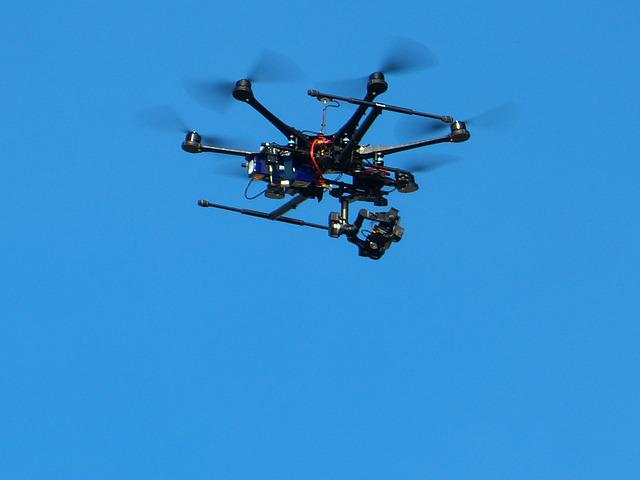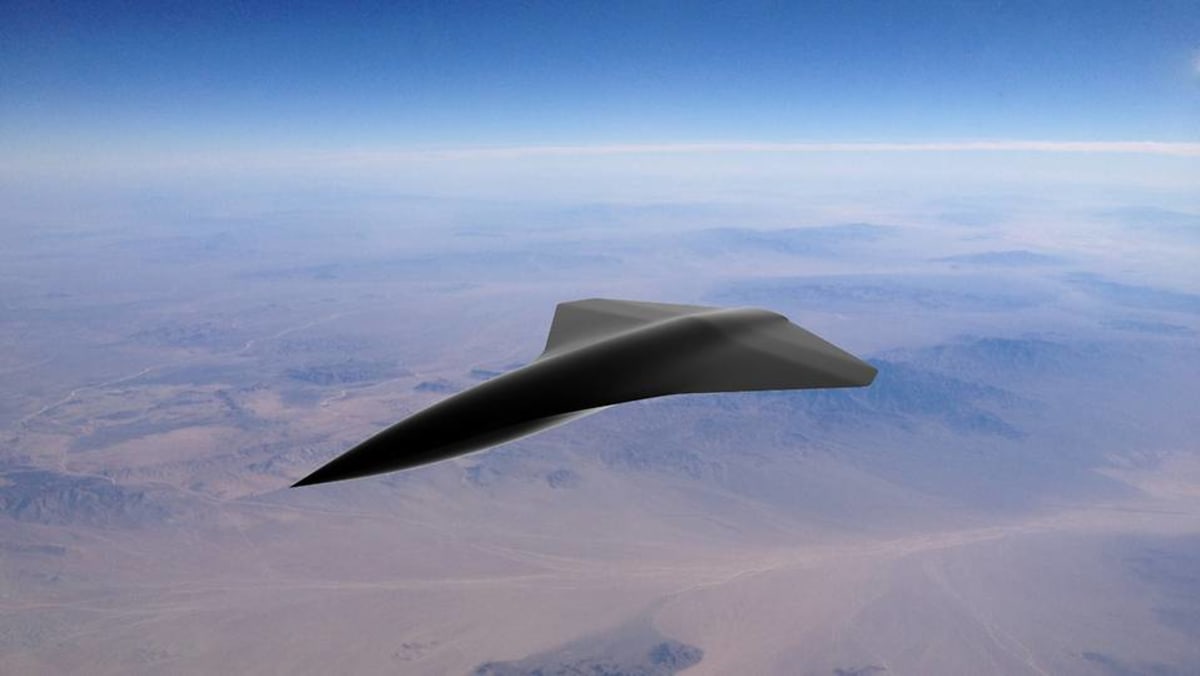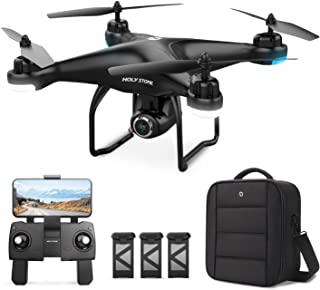
The ICRC has provided interpretative guidance regarding armed UAVs (and british-made drones). This article will examine the Military strategy behind these UAVs, and how they relate to our current world conflict. Although the military may have a valid reason to deploy these drones it doesn't mean that they shouldn't be allowed to speak for themselves. This article examines how drones and armed UAVs have changed our way of fighting conflict, and what that means for our safety.
ICRC interpretative guidance on british drones
It is unclear how international humanitarian law applies to drone strikes in the UK. Drone strikes do not fall under the scope of the principle of distinction. Drones that are autonomous should not be considered to violate the principle proportionality. Professor Noel Sharkey states that robot operators cannot perform subjective balancing acts or calculate value. These are serious implications.
ICRC guidance: Armed UAVs
The civilian population faces significant challenges due to the use of drones with armed capabilities. While the use and widespread acceptance of unmanned aerial vehicle (UAV) armed drones is still very new, they pose significant risks to civilian populations. Drone strikes are used to attack enemy troops and assets. However, civilians are also at risk. The Geneva Call calls for armed drone strikes to be conducted in compliance with IHL principles. The Geneva Call urges all parties to create policies regarding the use and regulation of armed drones. These policies should include ensuring that drones can be directed against a military target while minimizing civilian casualties. These strikes are not acceptable to civilians.

ICRC guidance for british drones
Interpretive Guidance from the ICRC about British drones contains many positive features, including the immense expertise of its Legal Division. It advances our general understanding of "direct participation," but also contains numerous fault lines. These fault lines will be examined and the implications of these for the international legal community. This article is designed to appeal to a wider audience. It also provides a critical evaluation of the ICRC's guidance.
The military strategy behind the british drones
Drones are becoming a popular tool for a wide variety of applications. Other nations started to investigate the technology after the Vietnam War. New models were developed, with greater endurance and higher heights. They are now used for defense in Ukraine. They are becoming increasingly popular with both business and leisure people all over the globe. What is the Military Strategy behind British Drones? In this article, Dr. James Rogers discusses the use of drones for a variety of purposes, including military and civilian applications.
Concerns of armed UAVs raised by the ICRC
In Washington DC, US President Obama met with Peter Maurer, the President of ICRC. They discussed the effectiveness of international humanitarian law and new developments in battlefields, weapons, and the role played by actors on the battlefield. He was concerned about the use of armed British drones to attack Afghanistan. This is contrary international humanitarian law.

FAQ
What laws govern flying drones in the United States?
The Federal Aviation Administration (FAA), regulates drone operations in the United States. The FAA must issue a certificate before you can commercially operate a drone. Next, you will need to complete a course in flying skills and pass an exam. The agency will require you to pay a fee.
Is it necessary to have special training in order to fly a drone
To fly your drone, you don't have to be an expert in flight mechanics. You just need a remote-control unit and basic knowledge in flight mechanics.
You can fly a drone as high as you like without a license.
The FAA does not limit the height of a drone. However, you must register your unmanned aircraft system (UAS), which includes the registration numbers, model name and weight, size, serialnum, manufacturer's name and date manufactured.
Statistics
- With the top 10% making over $100/h and the bottom 10% making as low as $10/h. (dronesgator.com)
- Research and Markets predict a growth rate of 51.1% over the next five years. (thedroneu.com)
- According to industry research from ZipRecruiter , there are 10 cities where the typical salary for a Drone Pilot job is above the national average. (dronesgator.com)
External Links
How To
How can I clean my drone?
These are some important things to remember before cleaning your drone. This guide will help ensure that your drone gets every bit of its potential.
-
You should have the right tools. Make sure that you have all the tools you need before you begin anything. A soft toothbrush (or a toothbrush), and a cleaning solution (we recommend using WD40).
-
Take out the battery pack. First, get rid of the battery. It's easy to locate the battery underneath the propeller. Ensure that you don't lose any screws when removing the propeller.
-
Remove all pieces. Next, carefully remove all the parts from under the drone. Be sure to secure all parts securely, or they could come off as you clean the drone.
-
Use a cleaning solution. It's now time to clean your drone. Before doing so, we recommend using a cleaning solution such as WD40. Spray the entire surface of the drone with the cleaner. Make certain to get in between components. Allow it to dry completely before you assemble everything.
-
Replace the battery. It's crucial to place the battery after you have cleaned your drone. By doing this, you can test how well your drone functions after cleaning.